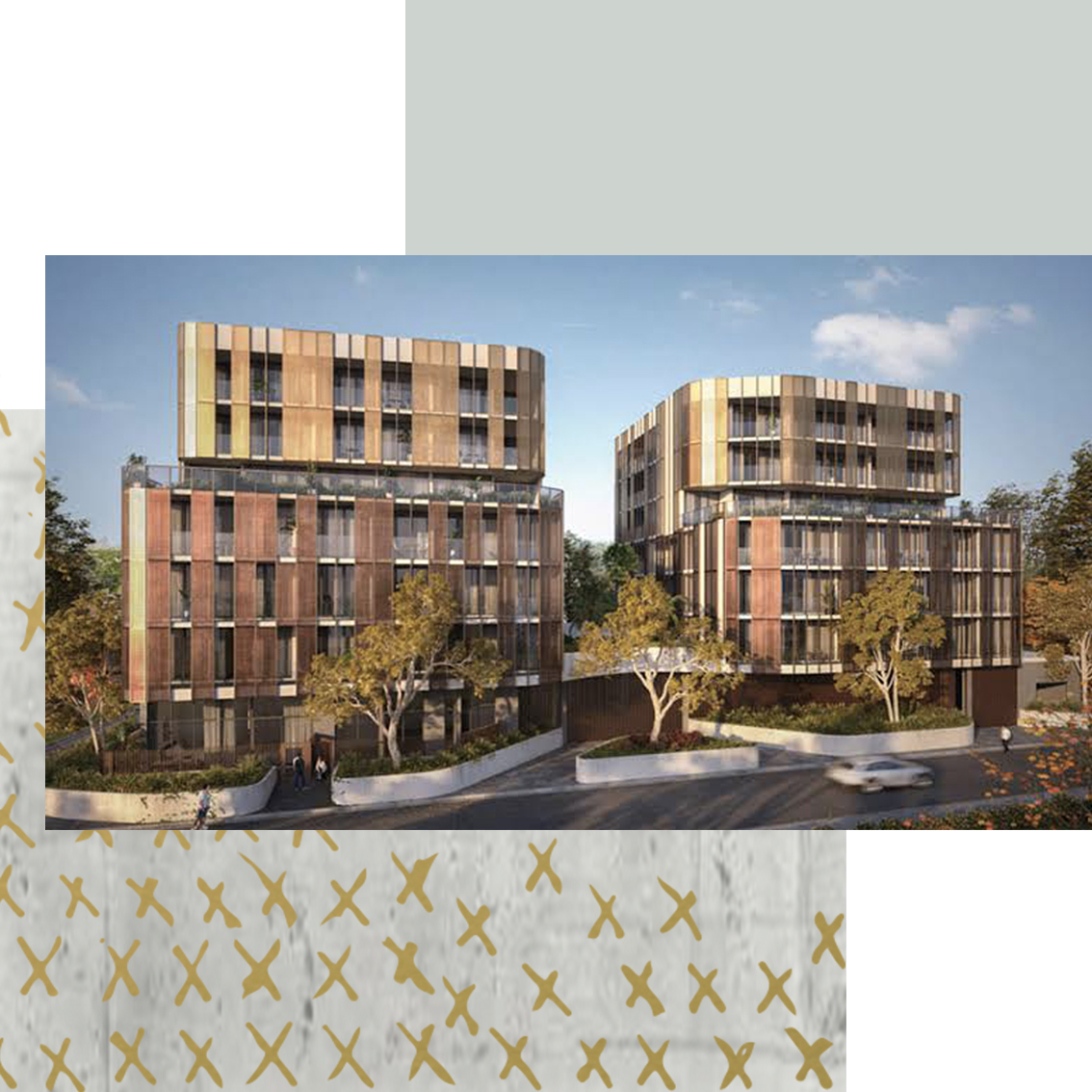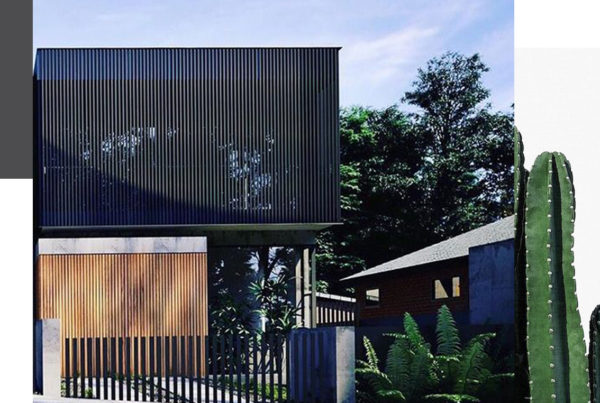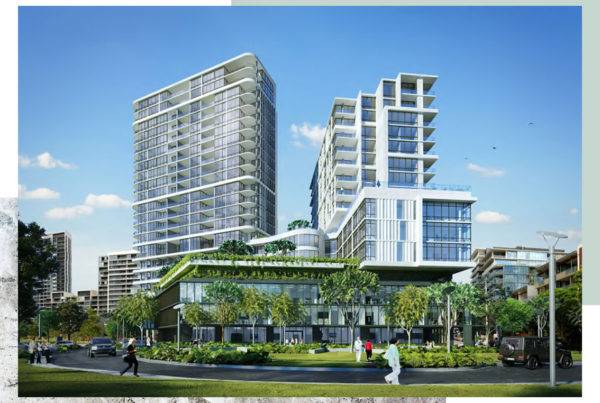
FAST FACTS
- 1 in 6 Australians currently have a disability of some type1
- At 30 June 2019, 5,606 young Australians with a disability were living in residential aged care facilities across Australia1
- The family home accounts for 62% of all falls and slip-based injuries and costs the Australian population $1.8 billion in public health costs
- The NDIS has an annual recurrent budget of $700 million for Specialist Disability Accommodation and is designed to support housing for 28,000 Australians.
What is NDIS?
The National Disability Insurance Scheme (NDIS) was introduced in July 2016 and provides support to people with disabilities, their families and carers. It aims to help Australians under the age of 65 living with a disability:
- access mainstream services, such as health, housing and education
- access community services, such as sports clubs and libraries; and
- maintain informal supports, such as family and friends.
Unlike most social policy programs, the NDIS is not means tested. It is an uncapped (demand-driven) scheme, with an annual budget of $21 billion jointly funded by the Federal and participating state and territory governments3.
What is SDA?
Included in the NDIS is an annual recurrent budget of $700 million for Specialist Disability Accommodation (SDA). This is expected to fund affordable housing for approximately 28,000 young Australians (approximately 6% of all NDIS participants) who have “extreme functional impairment” or “very high support needs” and will provide specialist housing to reduce their need for person-to-person supports or to improve the efficiency of the delivery of person-to-person supports.
SDA includes both existing specialist accommodation where people are currently living and, new innovative models not yet widely available4. The SDA funding policy has been specifically drafted to empower participants and ensure they are afforded housing choice. Accordingly, SDA encompasses a variety of dwelling types including:
- apartments
- villa / duplex / townhouses
- detached houses; and
- group homes.
Minimum Requirements
To qualify as SDA, dwellings must contain at a minimum:
- a kitchen
- bathroom
- living/dining area
- entrance/exit; and
- at least 1 bedroom.
They must also meet the minimum design standards set out in the SDA Price Guide for the SDA design category.
Density Requirements
- If 1 of the dwellings on the parcel of land is enrolled to house 3 or more residents, the greater of following:
- 10 eligible participants; or
- 10% of total number of residents capable of residing on the parcel of land, assuming 1 resident per bedroom
- If all of the enrolled dwellings on the parcel of land are enrolled to house no more than 2 residents and the dwellings are part of an intentional community – the greater of the following:
- 15 eligible participants; or
- 25% of total number of residents capable of residing on the parcel of land, assuming 1 resident per bedroom
- If all of the enrolled dwellings on the parcel of land are enrolled to house no more than 2 residents and the dwellings are NOT part of an intentional community – the greater of the following:
- 15 eligible participants; or
- 15% of total number of residents capable of residing on the parcel of land, assuming 1 resident per bedroom.
Supply & Demand
The 2018 SDA Market Insights research undertaken by SGS Economics & Planning and the Summer Foundation revealed that 17,500 people were living in existing SDA and an additional 33,200 people were identified with high support needs with the potential to qualify for SDA payments, including:
- 6,200 people 64 years and under with very high support needs living in aged care, and
- 27,000 people with very high support needs not currently living in SDA or aged care.
In March 2019, the Summer Foundation revealed that in Queensland:
- there is a SDA shortfall of 2,217 places with the greatest being on the Gold Coast where there is a shortfall of 399 places
- the new SDA development pipeline (99 places) is dominated by High Physical Support designs, with very little “fully accessible” or “Robust” dwellings being built; and
- the most common building types are apartments and villas / duplex / townhouses.
Funding
SDA funding is for the dwelling itself and is not intended to cover support costs, which are assessed and funded separately by the NDIS. Under the arrangement, providers receive:
- SDA payments paid by the government
- Reasonable rental contributions from the participant (this must not exceed 25% of a participant’s disability support pension and 100% of their commonwealth rent assistance); and
- A percentage contribution from any non-NDIS participants who live in the property (spouse, children).
Each financial year, the National Disability Insurance Agency (NDIA) release an updated NDIS Price Guide for SDA which details the applicable funding available. To calculate the SDA payment for a particular property under this Guide, the provider must:
- determine whether the dwelling is new or existing stock
- Identify the building type (i.e. house, unit)
- Identify the design category (basic, improved livability, fully accessible, robust or high physical support)
- Identify if there if there is an additional breakout room (robust design dwellings only)
- Identify the location factor
- Identify the fire sprinkler allowance (if applicable).
As an example, the current annual SDA payment for a new build, 2-bedroom apartment with 1 resident which is fully accessible and without any on-site overnight assistance or a breakout room but with fire sprinklers in Moreton Bay – North is, $71,759.79.
Vacancy Rates
To ensure housing providers deliver the best outcomes for tenants, funding is only paid when a dwelling is occupied by a NDIS participant. This will ensure providers compete to provide good quality, innovative and well-located housing rather than risk it sitting vacant for long periods of time.
Opportunities
It is anticipated that SDA funding will be provided until at least 2037. To be eligible to receive SDA funding, the NDIS Rules specify that the provider must be registered with the NDIA and the dwelling must be enrolled and compliant.
References
3 Parliament of Australia https://www.aph.gov.au/About_Parliament/Parliamentary_Departments/Parliamentary_Library/pubs/rp/rp1617/Quick_Guides/DisabilityInsuranceScheme
4 National Disability Insurance Agency, Specialist Disability Accommodation: Position Paper on Draft Pricing and Payments, 2016.
Image: Boutique Specialist Disability Accommodation – OC Connections, Edit: Mia Hickey



